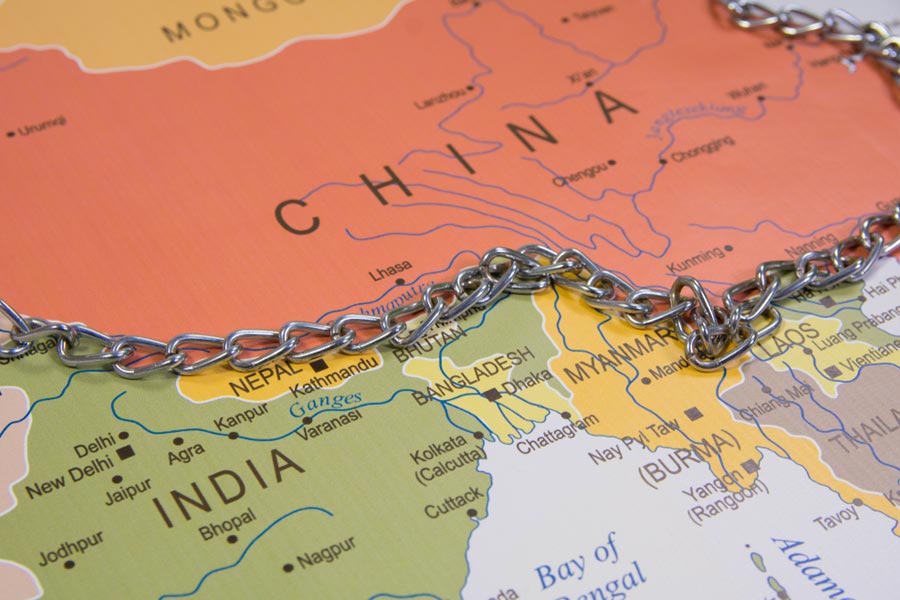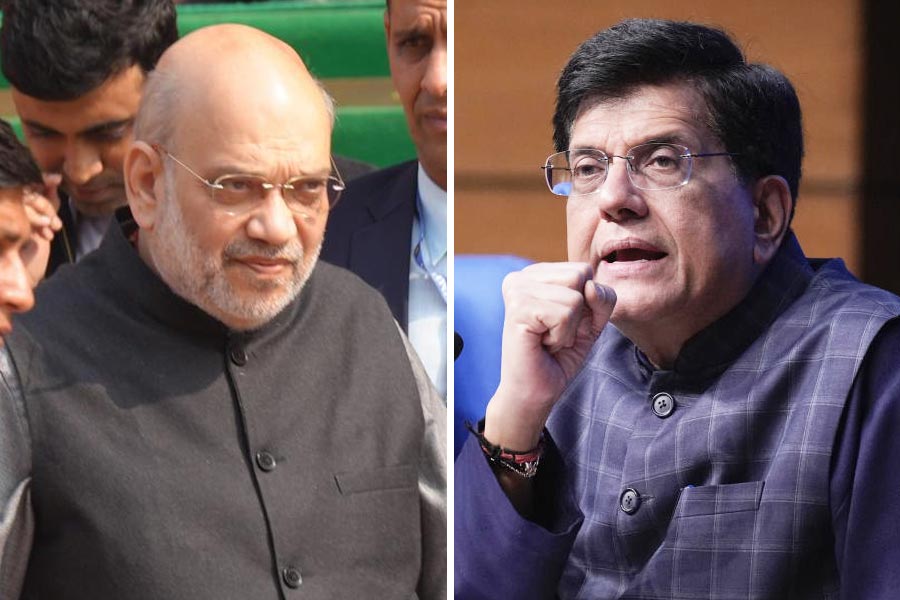The meeting between the national security adviser, Ajit Doval, and his Chinese counterpart, Wang Yi, in Beijing this week offered a glimpse of the efforts by the neighbours to restore their relationship to a state of some normalcy after a period of sustained strain in the ties. However, it also served to underscore the fragility of the recent détente between the two sides. In October, India and China had agreed that their troops would disengage from a series of hotspots along the Line of Actual Control where they had been locked in a stand-off since mid-2020 when at least 20 Indian soldiers and four Chinese army men died in clashes in Ladakh. Two days after the October deal, Prime Minister Narendra Modi met the Chinese president, Xi Jinping, in Kazan, Russia, on the margins of the annual BRICS summit for their first full dialogue in five years. In Beijing, Mr Doval and Mr Wang committed to building on the momentum from the meeting between their leaders, acknowledging that peace and tranquillity along their disputed border was central for the Asian giants to maintain an amicable relationship. They agreed to work towards restarting the Kailash Mansarovar pilgrimage from India to Tibet, which has been suspended since 2020, share data on river water, and revive border trade at the Nathula crossing between Sikkim and Tibet.
Yet key differences between the outcome statements from the meeting issued by China and India highlighted a persisting gap in their understanding of the relationship as it stands today. The Chinese statement was more conclusive and referred to a six-point consensus arrived at by Mr Doval and Mr Wang. Among these were Beijing’s insistence that the boundary question should not come in the way of the development of bilateral ties and its emphasis on mutual adherence to the Five Principles of Peaceful Coexistence. India’s readout, by contrast, was much more circumspect on these and other points. It used cautious language rather than making any commitment, while alluding to the same issues as the Chinese statement — such as peace on the border and the Kailash Mansarovar pilgrimage. These differences reflect the deep mistrust that continues to plague India-China ties. At the same time, the Beijing meeting represents an important move by both nations to craft a working relationship, once more. The looming presidency of Donald Trump in the United States of America is also a factor that neither New Delhi nor Beijing can ignore. Despite his criticism of China,
Mr Trump believes in transactional diplomacy. India will not want to be wrong-footed by a US-China deal that undermines New Delhi’s interests. It can only avoid that situation by strengthening its own diplomatic channels with China.










